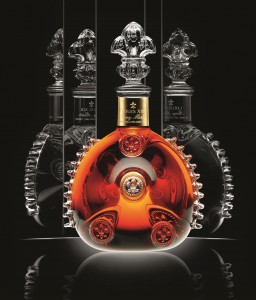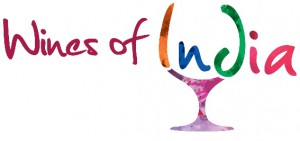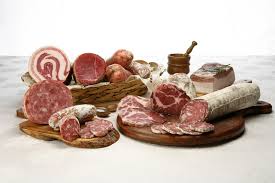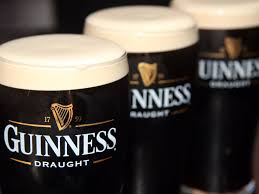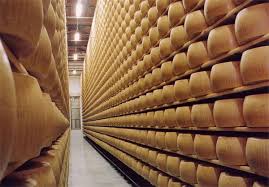At the north east of Italy lies a region called Piedmonte, which literally means ‘on the foot of the mountains’ so named because it is surrounded for the most part by the lofty Alps.
Wine writers and buyers from across the globe including yours truly had been invited to visit Alba and it’s surrounding regions recently. Full disclosure, I’ve been here before and it still never fails to excite me.
Home base was set up in Alba from where a short drive in any direction will take you to the hills where vineyards, the most famous planted with the Nebiolo grape variety are responsible for creating some of the world’s most astonishing wines in regions like Barolo and Barbaresco. These wine once the privilege of royalty is now the privilege of the well heeled and wanted by the most demanding connoisseurs.
At their best the wines from Barolo and Barbaresco are hedonistic pleasure with a mix of tar, rose petals and tealeaves matched with different degrees of oak depending on the producer. It’s not all Nebiolo and other grape varieties like Barbera D’Asti, Dolcetto, Gavi or Arneis produce just incredible wines as well. There’s plenty super high quality fizz and slightly sweet wines from Moscato D’Asti and beyond the indigenous grape varieties you can find wine made from international grape varieties that are world class.
This time I was there to taste approximately 500 of them, 100 each morning from 9am to 11am. Tasting 100 wines is not the easiest thing to do and especially not when you’re drinking young tannic Barolo and Barbaresco in a rush. The schedule was simple – Get up, get breakfast, taste 100 wines, eat lunch with more wine and then off to wineries to see the vineyards and taste older vintages, back to the hotel for a one hour break and then off to dinner at some of the finest restaurants in the region.
Some wineries chose to display vintages, allowing us to taste vintages of the same wine all the way back to 1952. A tasting at Bricco Asili winery by Ceretto was a revelation where the said 52 was opened. This wine was over 60 years old and still had a heartbeat in it.
Each dinner had a minimum of seven courses and of course multiple wines paired along with each course. Castelmagno despite its cats pee aroma has quickly become one of my favourites and I can eat any amount of feta stuffed ravioli they can serve up.
A stand out dinner took place at a restaurant called Bovio in La Morra part of the Barolo region. The restaurant is perched on the upper side of the hill with a view of the mountains on the other side and the valley in between. One could spend hours here just gazing out at the landscape. However the true spectacle I found was inside, this was no ordinary restaurant and the food was magnificent. It is also responsible for the best risotto garnished with white truffles, Piedmonte is famous for them, I have ever eaten.
So here bottles of Elio Altare, Conterno, Gaja, Prunotto, Paulo Scavino and Pio Cesare were wolfed down along with other wines from wineries like Negretti and Moncheiro. The debate on whether Barolo and Barbaresco should be made in the traditional or modern (a higher degree of oak) still rages on and I find it fascinating to discuss with individual producers what they think the style should be. If you event want to get a Barolo producer to go on a passionate rant for 15 minutes try asking them this question.
Another dinner, which was truly inspiring, was when four of us went to a restaurant called Il Falstaff so named after the town in which Shakespeare’s Romeo & Juliet was set. The Chef and owner of this small establishment led us down to the cellar where we began our evening with Prosecco from the Valdobbiadiene region. After a few aperitifs we were taken back to our table where service began course. Mind you, none of us saw a menu and the wines served were ordered from the restaurants adjoining vineyard. At the end of the dinner the Chef sat down at our table and offered us his own grappa and told us the story of his restaurant. He had named this restaurant after the place where he had met the love of his life who eventfully left him. He now runs Il Falstaff with his wife and daughter only in her remembrance. Italian romance just cannot be beaten.
Osteria dell Enoteca in Roero was another glorious meal. We were taken there by a producer called Malvira which is based in the Roero region. Chef Davide Palluda who has very quickly become one of my personal favourites heads this Michelin star restaurant. The 8 hour cooked beef melted in my mouth and paired incredibly well with the 93 Roero. Each course here including the apertiser sampler were just phenomenal.
Every night post the dinner a group of us would head back down to the centre of Alba. Alba gets quiet with hardly anyone on the streets not too lare into the night, so we would land up drinking Cognac and looking at the glorious architecture at a resto bar called Hemmingway. It is as cool as it sounds and is open till the wee hours of the morning.
In the evenings I would highly recommend going to the many bars and restaurants in the centre of town for aperitivo. Order a glass of vino and pick up some complimentary anti pasti and watch the people in this beautiful part of the world go by. In between bars walk into the many shops selling gourmet items and truffles in every form you can think off. If you haven’t had any experience with truffles, drop everything and try it now if you can. The aroma is intoxicating and is unlike anything that you have ever had before.
This region despite all its wine and food history is really about simplicity. They want the produce or the wine to talk for themselves with little addition of anything. For lunch a simple spaghetti with thinly cut vegetables drizzled with olive oil and grated Parmigiano Reggiano reminded me of comfort food I had eaten when I was a child and is so easy to do that even I can make it.
Alba is home to the Ferrero Rocher factory which is in the middle of town. The factory roasts the hazel nuts over the course of the night before tuning them into the familiar nutty chocolates we love and Nutella the next day. Because of this, the late evening air is filled with a delicious aroma of roasted nuts that only adds to the beauty of this small town and region.

